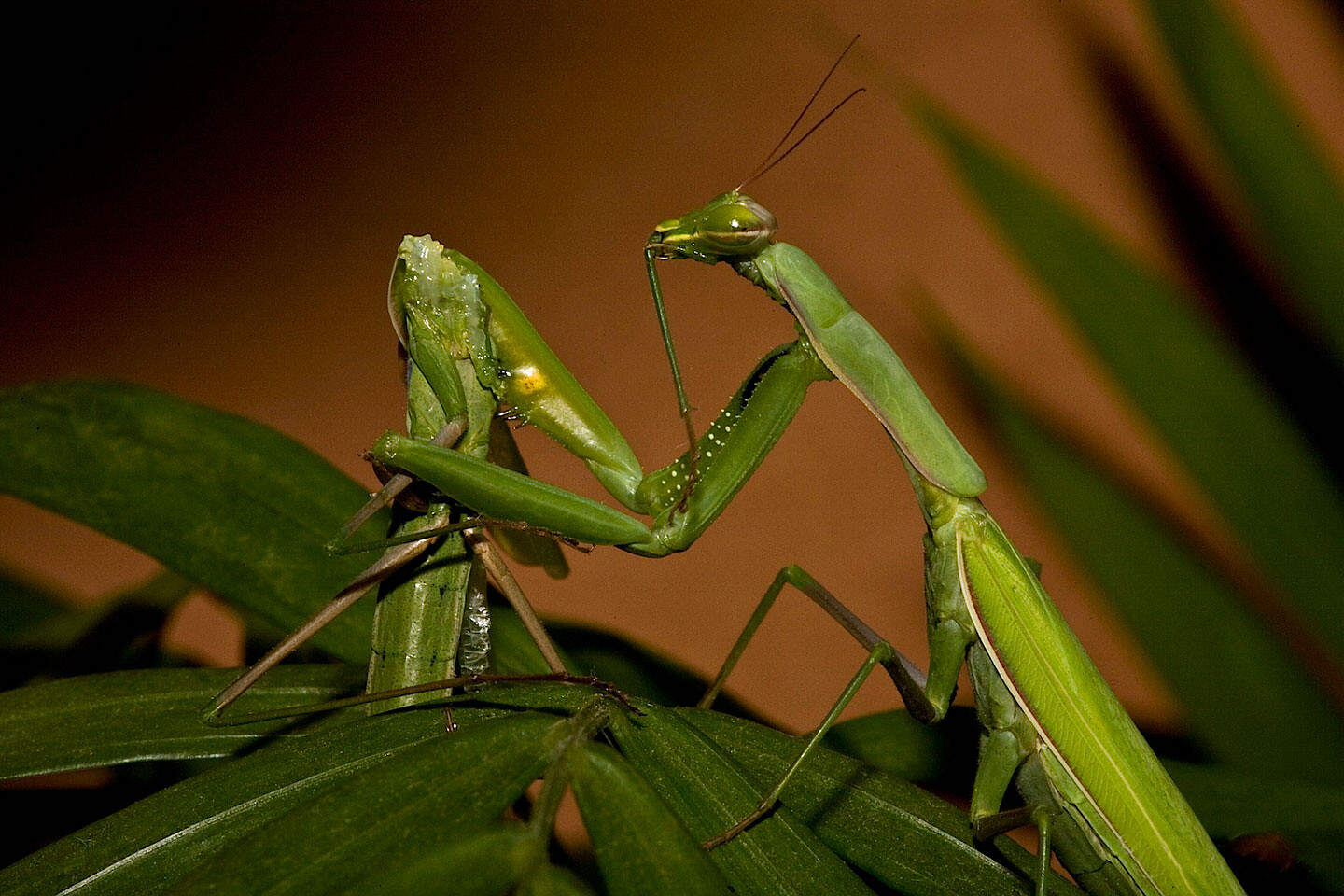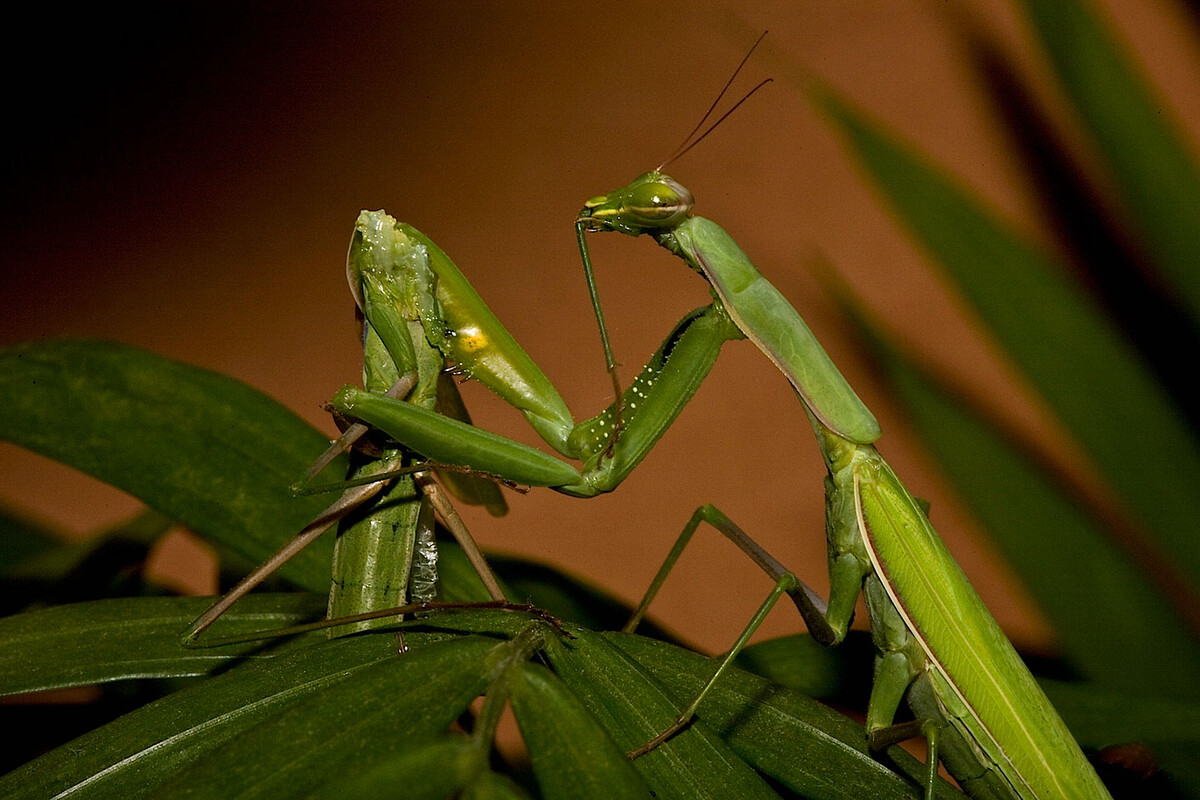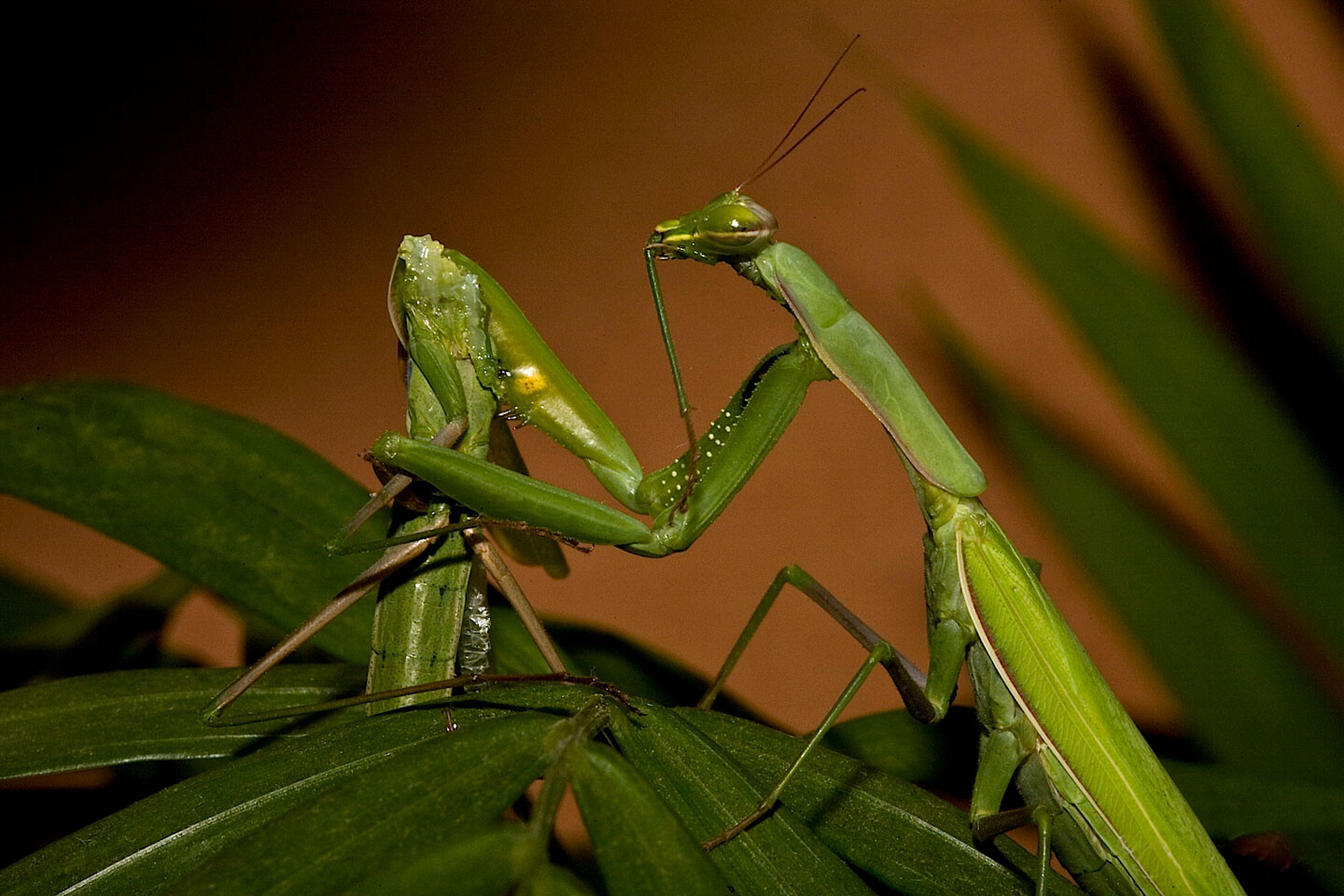Our most ancient animal ancestor, Dickinsonia costata, is categorically lodged between pestilence and creature. Or rather, Dickinsonia dithers in a space betwixt bacteria and animalia. Let us accept that our beginnings find us plunked down in the center of the margin. She, a flat mat, possesses an expanding physical symmetry. Some bugs are fugitive like this; see how they slide under your domestic things. Yet her remains are found as fossils on remote Russian cliffs. Her gravesite overlooks a marginal sea, a part of the warming Arctic Ocean—a site of intense oil and gas speculation. The slightest psychedelic tendency urges me to bypass my oral and historic memory and uncover an otherworldly and cellular memory of Dickinsonia costata: “Mama!?” I lisp.
Touch


The current Covid-19 crisis has some of us in creatively sparked turbo modes developing ways forward while others, understandably, find themselves immobilized, unsure if this is ”the end.” Crisis is where resignation and resilience necessarily touch. But physically, touch is the last thing we are advised to do, extending from doorknobs to bodies. (See Hu Fang, “Witgenstein House,” e-flux journal no. 24 (April 2011)). Yet, touch is what we most miss in our various manifestations of isolation.
Moving forward, how will we communicate our affections, sympathies, warmth, and reassurances to one another? Perhaps we’ll develop new languages, new subtleties of communication less reliant on words, or actual touch. And, maybe this includes relearning forgotten practices of communication.
On April 27, 2019, the Solomon R. Guggenheim Museum was the site of a very special convening. It was the brainchild of Simone Leigh, and shared its title with her 2019 exhibition at the museum. Organized by Leigh, Saidiya Hartman, and myself, “The Loophole of Retreat” was an exhilarating, rejuvenating, and inspirational daylong gathering dedicated to the intellectual life of black women that brought together an international constellation of writers, artists, poets, filmmakers, and activists. This special issue of e-flux journal seeks to lift up the extraordinary voices, thoughts, and conversations that emerged at the convening and share them with a wider audience. In doing so, I and my coeditors, Leigh and Hartman, seek to extend the dialogues of the “Loophole” in the hope of including others and inspiring future gatherings which, like the Guggenheim convening, will honor and celebrate the intellectual and creative labor of black women.
By emphasizing abstract and conceptual artistic practices, my definition of black radical aesthetics builds upon the notion of blackness as an originary abstraction—a category created in the service of devastating material, corporeal, and psychological violences that trafficked through the Middle Passage and whose afterlives are still active today.3 Abstract and conceptual practices do not abandon the social, cultural, and material meanings that blackness invokes. As Adrienne Edwards has lucidly noted, these practices turn to what blackness “does in the world without conflating it—and those who understand blackness from within a system that deems them black, that is black people—with a singular historical narrative or monolithic subjectivity.”




-My-Father's-FBI-file-Project-1-detail-2-Sadie-BarnetteWEB.jpg,1600)

